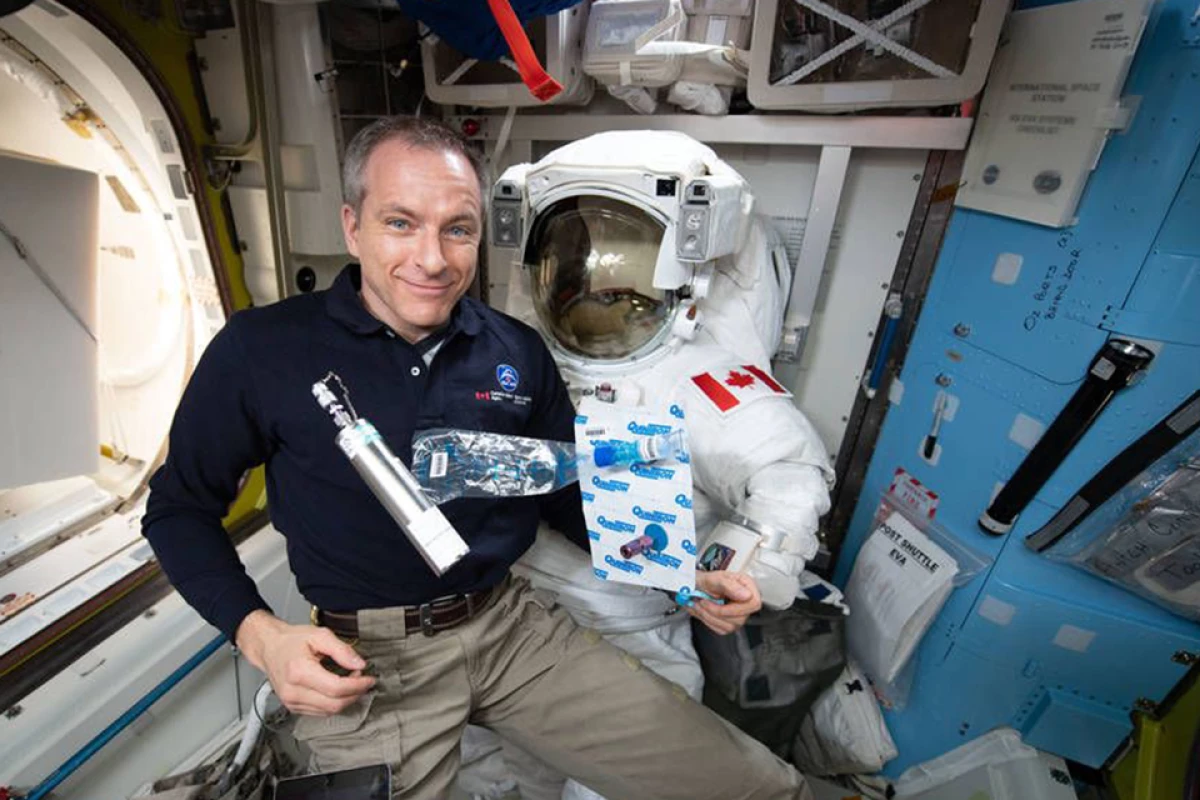A study claimed to be the first of its kind has shed new light on the dangers posed by spaceflight, and the impacts on red blood counts for astronauts on long-duration missions. The research deepens our knowledge around a condition known as "space anemia," and has important implications for the future of space exploration.
“Space anemia has consistently been reported when astronauts returned to Earth since the first space missions, but we didn’t know why,” said lead author Dr. Guy Trudel, from the University of Ottawa. “Our study shows that upon arriving in space, more red blood cells are destroyed, and this continues for the entire duration of the astronaut’s mission.”
Space anemia had been considered a short-term, fleeting condition resulting from the body's adaptation to the space environment, with fluids shifting toward the astronaut's upper body upon arrival due to the lack of gravity. This causes them to lose 10 percent of the liquid in their blood vessels and it had been assumed that their body swiftly destroys 10 percent of red blood cells to keep things in check, with the blood cells replenished to normal levels after 10 days in space.
What Trudel and his team found was that the effects are far longer lasting, and the destruction of red blood cells was not a result of shifting fluids but of simply being in space. The scientists directly measured red blood cell destruction in 14 astronauts taking part in six-month space missions, by analyzing their breath. More specifically, they measured the amounts of carbon monoxide within the breath samples, as a molecule of carbon monoxide is produced every time a molecule of heme, a component of red blood cells, is destroyed.
This revealed that the astronauts were destroying three million red blood cells every second during their six-month stay on the International Space Station. This is 54 percent more than the two million our bodies destroy and replace every second on Earth, with the effects observed in both male and female astronauts. While direct measurements of red blood cell production weren't taken, the team assumes the lost cells were quickly replaced otherwise the astronauts would have developed severe anemia.
Nonetheless, five out of 13 astronauts were clinically anemic when they landed back on terra firma, while one did not have blood drawn. Red blood cell levels were found to be progressively returning to normal levels three to four months later, but interestingly, measurements taken one year after the astronauts' returned showed destruction was still 30 percent higher than usual.
"This is the best description we have of red blood cell control in space and after return to Earth," said Trudel. "These findings are spectacular, considering these measurements had never been made before and we had no idea if we were going to find anything."
According to the scientists, the results suggest that astronauts or space tourists should be screened for conditions that might be affected by anemia, and diets may need to be adjusted to account for the extra red blood cell loss. Importantly, it is also unknown how long the body can sustain this higher destruction and production rate of red blood cells, and the scientists are yet to determine the exact biological mechanisms behind it.
“If we can find out exactly what’s causing this anemia, then there is a potential to treat it or prevent it, both for astronauts and for patients here on Earth,” said Trudel.
The research was published in the journal Nature Medicine.
Source: University of Ottawa




